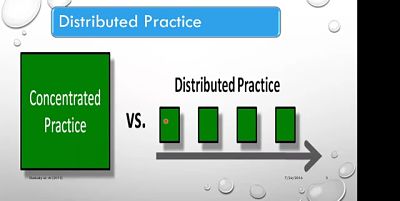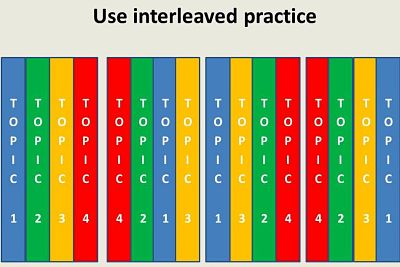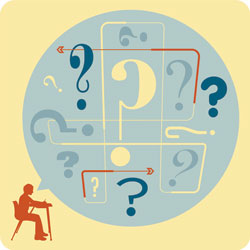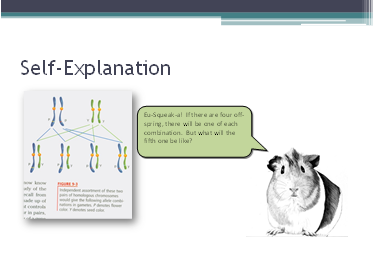John Dunlosky from Kent State University and several collaborators from a variety of universities published an article in January of 2013. For this research they looked at 10 learning techniques and rated each one on how effective it was.
Many of the learning strategies that students commonly use were found to be ineffective. By developing an understanding of more effective learning techniques, a person can become a more effective learner.
You can read the entire article Improving students' learning with effective learning techniques: Promising directions from cognitive and educational psychology published by Sage Journals. The entire article is 47 pages long plus eight pages of references. You might find it easier to read a summary of the article like the articles in Journalist's Resource or Thinker Academy.
Following are the five learning techniques that were found to have high or moderate utility. It is interesting to note that one of the reasons that some of these techniques received a moderate utility rating was because there was less research available on these techniques. As additional research is developed, these techniques may be shown to have high utility.
Practice testing can consist of either self-testing or taking formal practice tests. Simply stopping during study to think of questions about the material and answering those questions to yourself is an effective tool for learning.

The idea behind distributed practice is to break up your practice sessions into small periods over a longer period of time. Other words used for this strategy are spaced repetition or spaced practice.

Interleaving practice is when you mix a variety of topics in your study sessions. Instead of studying a single topic to completion before moving to the next topic you go from one topic to another and study them interchangeably.

This technique involves turning the fact you are learning into a why question and then coming up with the answer. Asking why is something you were very good at as a small child. It is still an effective learning technique as an adult but this time you get to use the resources available to figure out the answer.

This technique involves generating your own explanation about what you are learning. Trying to understand new material well enough to explain it helps you learn it more effectively. It also helps to connect previous knowledge with what you are currently learning.

The table below lists each technique, a brief description, and the effectiveness rating as presented in the article.
| Utility | Technique | Description |
|---|---|---|
| High | Practice testing | Self-testing or taking practice tests over to-be-learned material |
| High | Distributed practice | Implementing a schedule of practice that spreads out study activities over time |
| Moderate | Self-explanation | Explaining how new information is related to known information, or explaining steps taken during problem solving |
| Moderate | Interleaved practice | Implementing a schedule of practice that mixes different kinds of problems, or a schedule of study that mixes different kinds of material, within a single study session |
| Moderate | Elaborative interrogation | Generating an explanation for why an explicitly stated fact or concept is true |
| Low | Summarization | Writing summaries (of various lengths) of to-be-learned texts |
| Low | Highlighting/underlining | Marking potentially important portions of to-be-learned materials while reading |
| Low | Keyword mnemonic | Using keywords and mental imagery to associate verbal materials |
| Low | Imagery use for text learning | Attempting to form mental images of text materials while reading or listening |
| Low | Rereading | Restudying text material again after an initial reading |